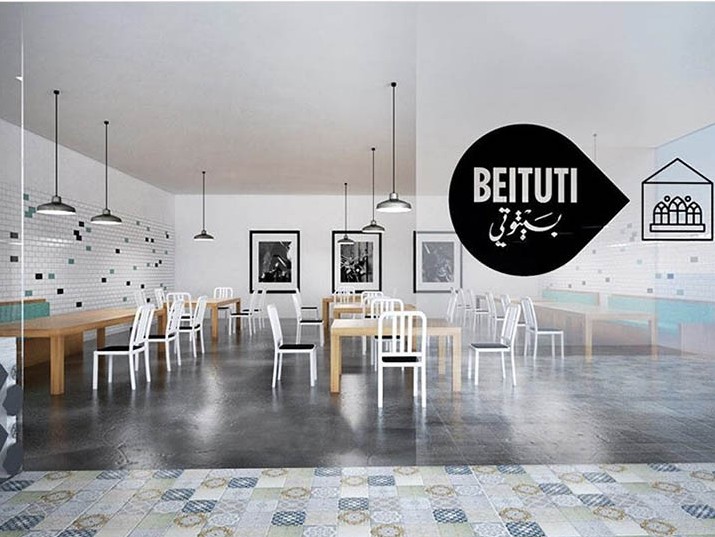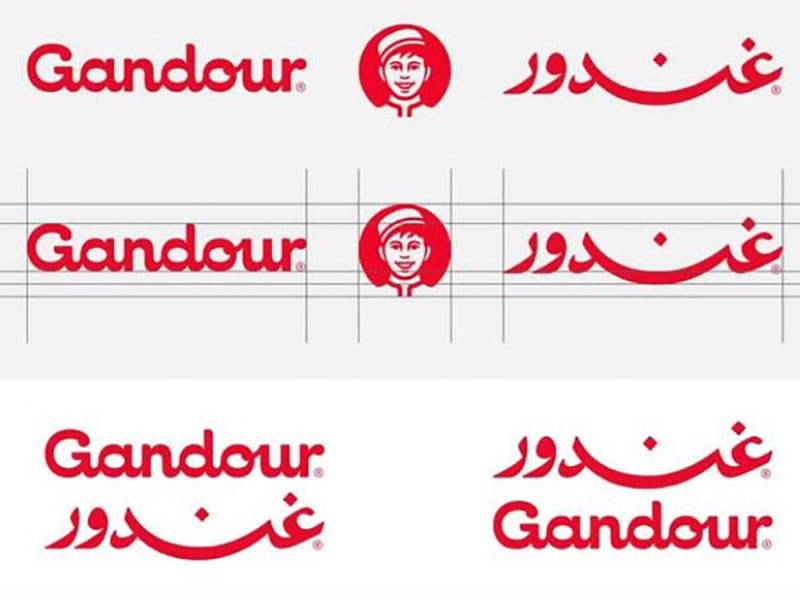News - Branding
Reconciling Local Identities with Global Culture
by Fayza Bjayou
March 22, 2016
.jpg) Advertisement
AdvertisementKmeid mentions that the Middle East exemplifies a lot of creative diversity but all too often, that creativity is channeled entirely to the logo of a brand. There seems to be somewhat of a stigma attached to the importance of a logo in relation to the brand itself. It is believed by Kmeid, that a logo is frequently expected to carry more weight than it can handle.
Kmeid emphasises that a logo cannot standalone successfully without having a symbolic connection to the corporate story or raison d'être. In the past, the logo was the brand. Today a brand is much more than its logo; it’s a lifestyle choice. He affirms that, “a brand now, consists of many elements coming together to create one coherent experience. The logo is one element of the brand world rather being the world itself.”
According to him, despite our confusion between logo and brand, the region is on the “edge of change”. Logos have always been about differentiation but now it’s at the experience level, not just the product level. “You will never forgive a bad experience with a brand because of a nice logo,” he says.
He goes on mentioning that in the region, we need to shift the methodology from “logo first, brand later” to “brand first, logo later,” as he makes clear that a big investment in a logo has no value when it is not supported by a consistent brand experience.
Kmeid explains that the logo must embody the values and culture of the brand. A customer remembers a logo as if it were a face; a face is only recognised as a direct result of the experience shared and consequently, the emotions evoked in the presence of that person. “The objective should be to create a seamless brand experience with the logo at the heart of that experience.”
He states that a brand should elicit a sense of comfort and familiarity with its consumers, which is achieved by creating connections through memorable consumer experiences. The multifaceted nature of a brand’s identity means that each aspect of a brand must share a coherence and consistency, bound by its own impactful experience signatures.
To further highlight the point that logos are a platform to actively engage in the brand’s story, Kmeid uses the example of the QFA (Qatar Football Association) to reiterate the importance of creating and celebrating the game through shared human emotions. QFA makes everyone part of the brand by capturing visual moments of shared emotion evoked by the game. “The logo reacts to the power of the fans using social feeds to create a living, breathing, interactive identity.”
This example supports Kmeid’s argument that the role of the logo has evolved. Now logos can do much more than before in the digital space and no longer have to be static and lifeless, which further denotes the role of the logo not as the primary representation for the brand but as an active platform for experience.
Consumers are becoming more connected to experiences shared by brands over products. Statistically, he reports that by 2020, the 15-19 year age bracket will be the largest group of consumers, worldwide. “The rapid evolution of the digital landscape has contributed to this shift, as we find ourselves swimming in technology.” Social media penetration has reached significant growth levels, with eight million active accounts in Saudi Arabia and 4.6 million in the UAE, which denotes the increasing demand of Generation Z to share and exchange information.
Kmeid discusses how the cultural characteristics of a brand, play an integral role in its overall identity. “Every culture has its own symbols but tend to risk producing clichéd representations.” He uses the example of a flag being integrated into a brand’s representation for their global audience. For example, a British flag used to allude to a brand being quintessentially British. By the same token, Arabic calligraphy is a key element in representing a strong Arabic identity. “Today such symbols are modernised and adapted to remain relevant with consumers and resonant on a global stage,” he affirms.
This discussion further supports the notion that tradition can work congruently with modernity. “Traditional elements should not restrict us from taking a contemporary approach. The key components of culture such as the values, language and symbols must be revived through our advancements in our modern world.”
According to him, the creation of the new Gulf identity rests upon a balance between traditional and global. “Culture is constantly evolving and the demography is changing, which is why the new Modern East has gone ‘Glocal’ – home-grown brands that appeal to an international audience but are built on profound local values.” As a result of the transition, the region should shift the focus from symbols to values, as a platform in which to deliver unique experiences. He states that, “We must reinforce the brand’s values to consumers and communicate the brand message clearly and succinctly to ensure everything a brand does, conveys the same message.”
Global design is usually criticised for lacking elements of culture and is often regarded as a ‘Western export’ but Kmeid disagrees and does not see the integration of certain trends and developments as a threat to the traditions of a local identity, but rather a tool, to enable the community to adopt a modernisation of tradition. He emphasises that “The Middle East will only embrace and adopt what they find relevant to their own culture, therefore global design will never undermine or weaken our cultural identity in branding, but may help strengthen it.” Kmeid supports the notion of Friedman’s argument that “globalisation serves more to enrich and preserve culture than to destroy it.”
He concludes that creating a unified, holistic brand experience must be prioritised above all else. Success is driven by a brand’s ability to listen to its customers. An international audience is eager to be entertained and inspired therefore brands need to provide unique and memorable experiences to meet their expectations. They need to feel it is infused with purpose, meaning and character, relevant to their culture while making it ready for the world. “Ultimately”, says Kmeid, “It doesn’t matter how you look, it’s what you do that counts.”






.jpg)










